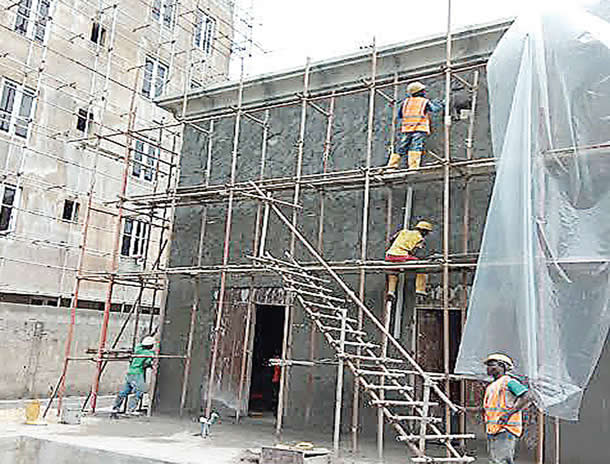The construction industry, known for its physically demanding nature, faces significant challenges related to workforce health and safety. Work-related musculoskeletal disorders (WMSDs), particularly ergonomic injuries like low back pain, are prevalent, leading to pain, discomfort, financial burdens for workers and their families, increased medical and compensation costs for employers, and reduced productivity. These injuries also contribute to a negative perception of the construction industry as unsafe, hindering the recruitment and retention of skilled labor. The resulting premature exits and early retirements further exacerbate the existing labor shortage. To address this pressing issue, researchers and industry experts are advocating for the adoption of wearable robots, also known as exoskeletons, as a proactive measure to mitigate WMSDs and enhance worker safety.
Exoskeletons are mechanical devices worn on the body that utilize torque to provide physical support and assistance during physically demanding tasks. These devices aim to reduce strain on workers’ bodies, particularly in areas prone to injury like the back. Research into the effectiveness of exoskeletons in construction settings has revealed promising results, showcasing their potential to improve worker well-being and productivity. Studies have focused on evaluating the impact of passive back-support exoskeletons on concrete workers, assessing factors such as usability, comfort, and potential design modifications. While initial findings indicate acceptable usability and comfort levels, further design improvements are necessary to address issues like discomfort in the chest and thigh areas and to enhance overall ease of use.
The dynamic and varied nature of construction activities necessitates task-specific and trade-specific exoskeleton designs to maximize their effectiveness and encourage wider adoption. Customization is crucial to ensure that the devices cater to the unique demands of different construction tasks and trades. Researchers are also exploring the potential of integrating advanced technologies like AI and machine learning into exoskeletons to further enhance their functionality and safety benefits. The ultimate goal is to create intelligent exoskeletons that can adapt to individual workers’ movements and provide real-time feedback and support, minimizing the risk of injury.
Recognizing the critical role of the construction workforce, research efforts are increasingly focused on leveraging emerging technologies to prepare the future workforce for the evolving landscape of Construction 4.0 and 5.0. These initiatives aim to address both current and future workforce challenges, fostering a safer and more productive construction environment. The implications of this research extend to various stakeholders, including construction workers, employers, exoskeleton manufacturers, and educational institutions involved in construction engineering training. By addressing the pertinent issues related to workforce development and safety, the construction industry can improve its image, attract and retain skilled labor, and enhance overall productivity and efficiency.
Beyond exoskeletons, the construction industry is embracing a broader range of wearable technologies to enhance safety and productivity. These technologies, initially popularized in consumer markets, have evolved into sophisticated systems that monitor various aspects of worker health, location, and environmental conditions. Wearable sensors can track workers’ vital signs, detect fatigue, and provide alerts in hazardous situations. Real-time data collection and analysis enable proactive interventions, preventing accidents before they occur. The integration of AI and machine learning algorithms further enhances the predictive capabilities of these systems, enabling more accurate risk assessments and targeted safety measures.
The adoption of wearable technologies in construction represents a significant shift towards a more data-driven and safety-conscious approach. By providing real-time insights into worker conditions and environmental risks, these technologies empower workers and managers to make informed decisions and take proactive steps to mitigate hazards. The ongoing development and refinement of wearable technologies, combined with research into their effective implementation, hold immense potential to transform the construction industry into a safer and more productive sector. As the industry continues to evolve, embracing technological advancements will be crucial for ensuring the well-being of the workforce and driving sustainable growth.


